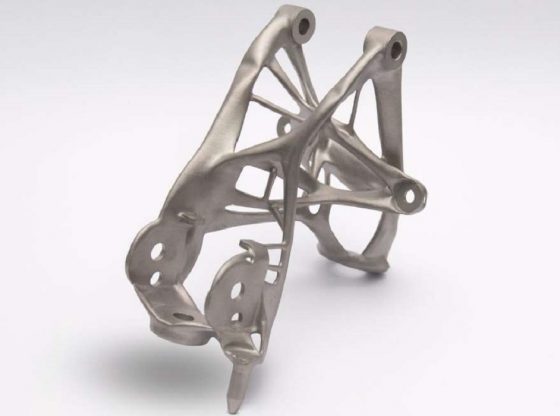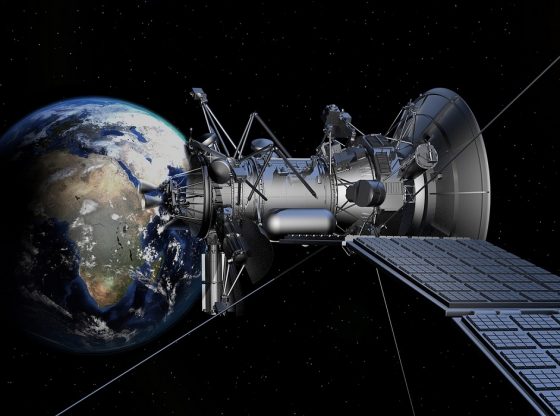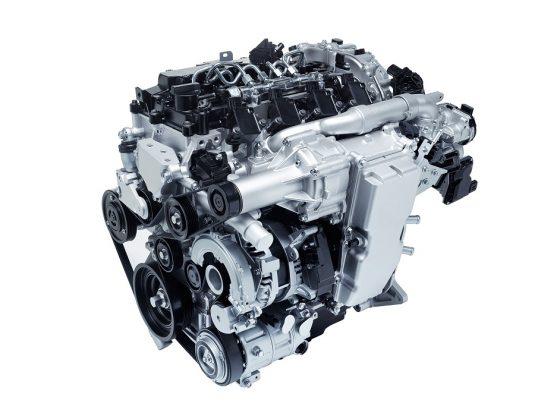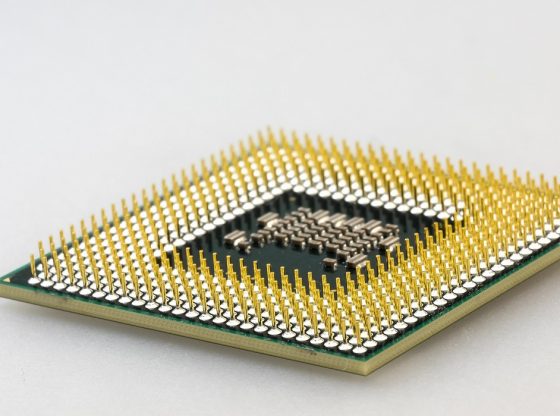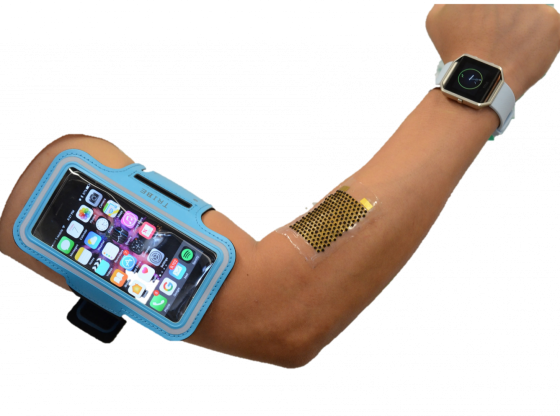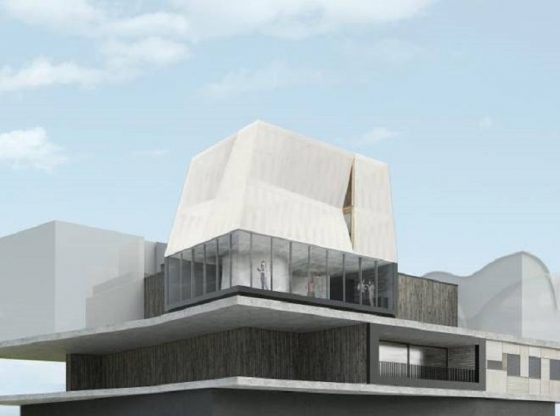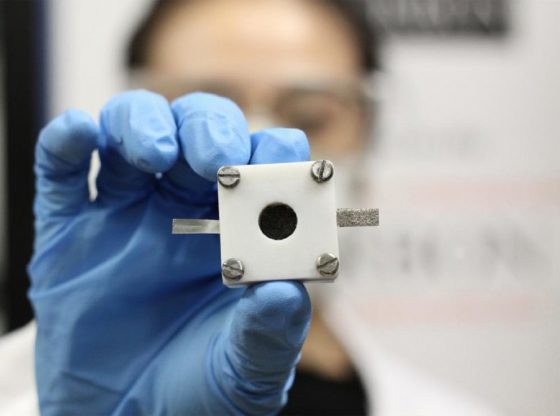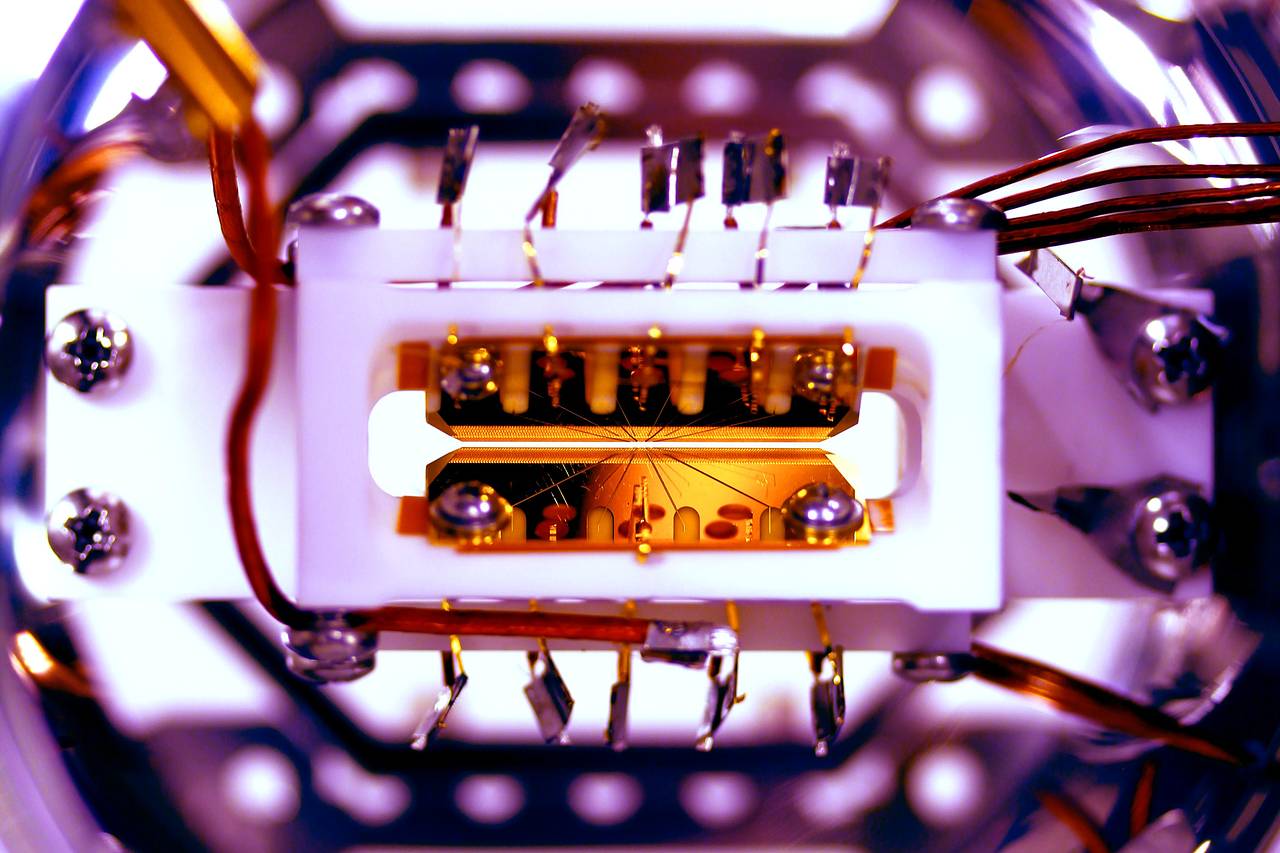
Researchers in the United States may have taken a big step forward in the development of so-called quantum computers.
Quantum computers have the potential to revolutionize future computing, based on quantum mechanics in physics.
Research suggest that quantum computers could simultaneously perform more calculations in one instant than there are atoms in the universe. And that such capabilities would allow quantum computers to solve certain problems much faster than conventional computers can, they would be able to break the encryption that would take regular computers longer than the lifetime of the sun to crack.
There are several problems to be solved before the technology can become a reality. But researchers at the University of Maryland have taken a big step to make this a reality as they have managed to create the first programmable and re-programmable quantum computer.
Their quantum computer consists of a system with five ions of the element ytterbium. The scientists have then developed a method to control individual ions by illuminating them with laser light.
The new device combines magnets, lasers, and five individual ions, or charged atoms, trapped in single file. Each atom represents singular qubits.
This technique takes advantage of the unique properties offered by trapped ions to run any algorithm on five quantum bits, or qubits — the fundamental unit of information in a quantum computer.
Traditional computers instead use binary bits of information, whose values alternate between 0 and 1, to store data. In a quantum computer, qubits can be both numbers at the same time.
Every quantum algorithm consists of three basic ingredients. First, the qubits are prepared in a particular state; second, they undergo a sequence of quantum logic gates; and last, a quantum measurement extracts the algorithm’s output.
The device then performs these instructed tasks using different colors of laser light. One color prepares the ions using a technique called optical pumping, in which each qubit is illuminated until it sits in the proper quantum energy state. The same laser helps read out the quantum state of each atomic ion at the end of the process. In between, separate laser strikes the ions to drive quantum logic gates.
“By directly connecting any pair of qubits, we can reconfigure the system to implement any algorithm,” lead author Mr. Debnath said in a statement.
“By reducing an algorithm into a series of laser pulses that push on the appropriate ions, we can reconfigure the wiring between these qubits from the outside,” Debnath adds.
The team believes that eventually more qubits — perhaps as many as 100 — could be added to their quantum computer module. It is also possible to link separate modules together, either by physically moving the ions or by using photons to carry information between them.
The team tested the computer with different algorithms, two of the algorithms ran successfully more than 90% of the time, while the QFT topped out at a 70% success rate.
There are still a lot of work to get this particular quantum computer to perform calculations more accurately. But perhaps these researchers are on the cusp of something and that if the concept of quantum computers will indeed move from concept to reality in the near future – only time will tell.
____________
S. Debnath et al. Demonstration of a small programmable quantum computer with atomic qubits. Nature 3 August 2016. DOI: 10.1038 / nature18648
________________________



